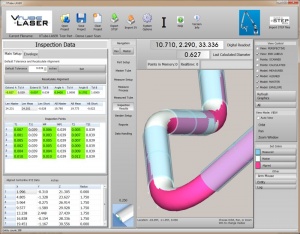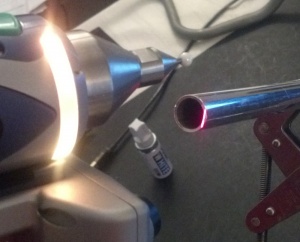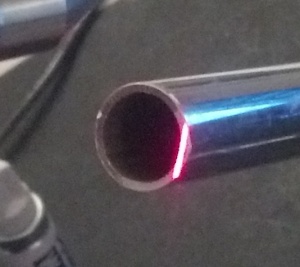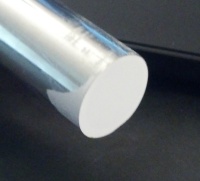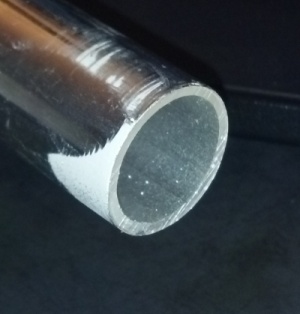Difference between revisions of "End-Scan Using the End Wall"
(→How To Use This End-Scan Technique) |
(→How To Use This End-Scan Technique) |
||
| Line 39: | Line 39: | ||
* Consistently place the line across the same area of the tube end from measure to measure.<br><br> | * Consistently place the line across the same area of the tube end from measure to measure.<br><br> | ||
* Press the green button until VTube-LASER is finished scanning all the end stripes.<br><br> | * Press the green button until VTube-LASER is finished scanning all the end stripes.<br><br> | ||
| − | * If you are scanning an end that is highly reflective, then coat the end with powder or white paint marker (See Avoiding Outliers below). | + | * If you are scanning an end that is highly reflective, then coat the end with powder or white paint marker (See Avoiding Outliers below).<br><br> |
| + | * After you perform this scan, you should be able to observe a straight line of points on the screen that represent the end wall. If you don't see this line, then repeat the end scan measurement by using the "Previous" button in the measurement control window. | ||
</td> | </td> | ||
<td width=300> | <td width=300> | ||
Latest revision as of 05:43, 31 January 2017
|
|
Contents |
About the End Wall Technique
|
We recommend this for increased precision where it is possible to strike the end wall. The End Wall method is also very useful for thicker wall tubes.
|
How To Use This End-Scan Technique
|
Avoiding Outliers
|
When scanning the end walls of highly reflective tubing with striations like shown in the image on the right, it is better to either cover the end with a coat of Maganaflux, Dynaflux, foot powder spray, white marking paint pen, or cover it with an end target to avoid outlier points. |
Other Pages
- See also End-Scan Using the Scissor Motion
- See also End-Scan Using End Targets
- Back to VTube-LASER
- See also Surface Paint

